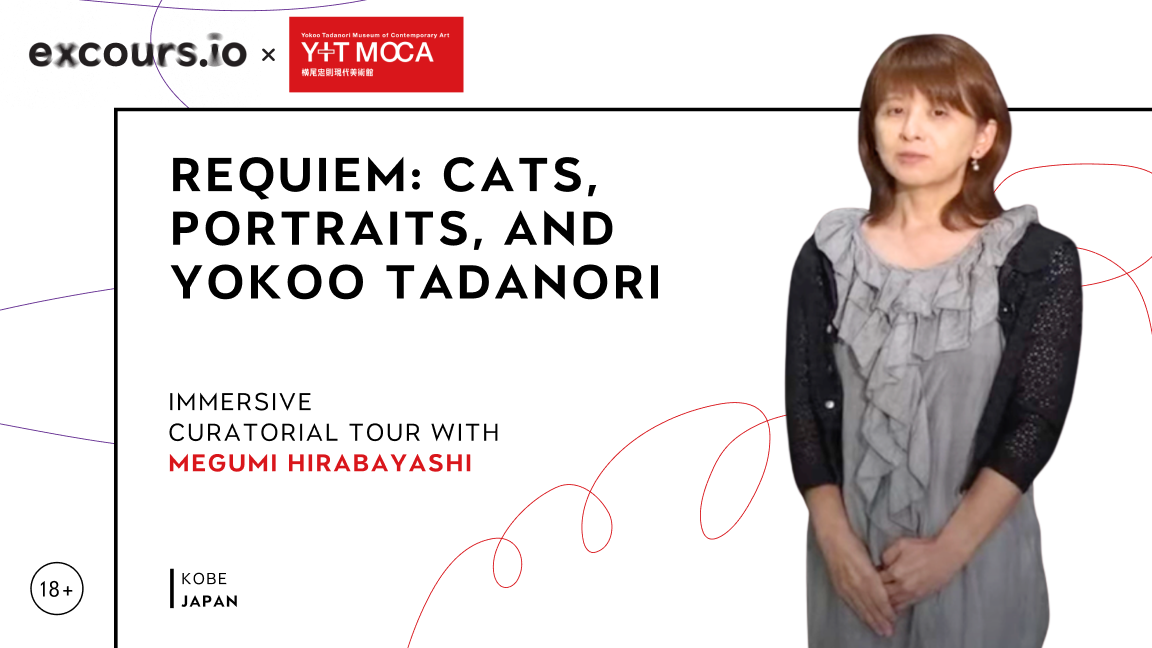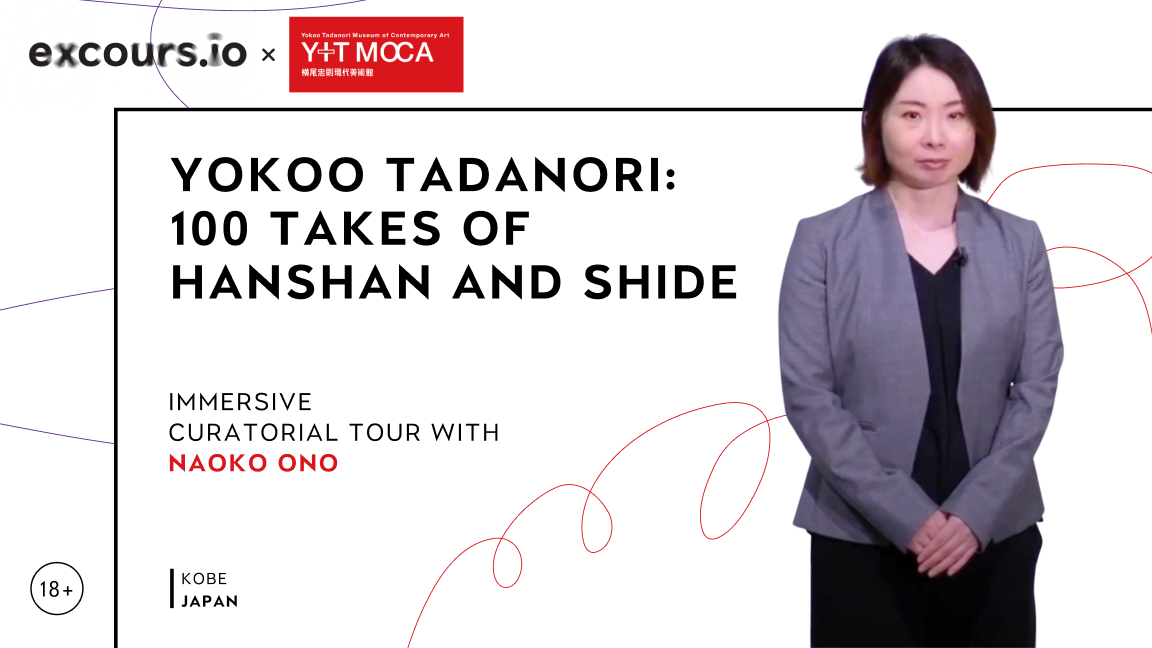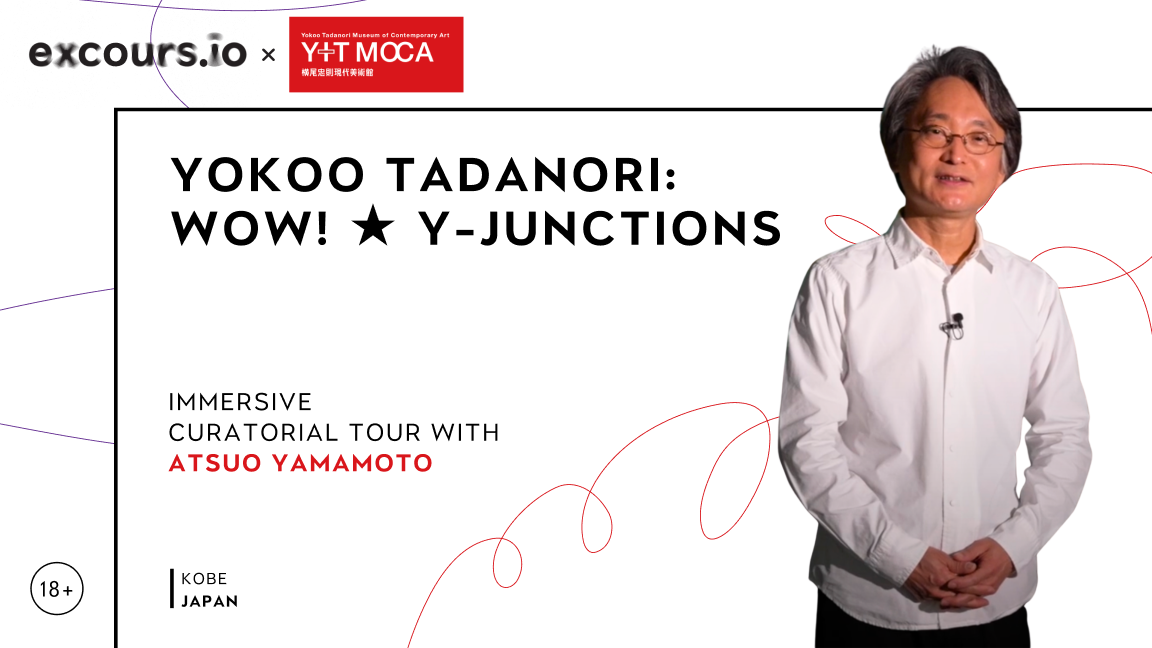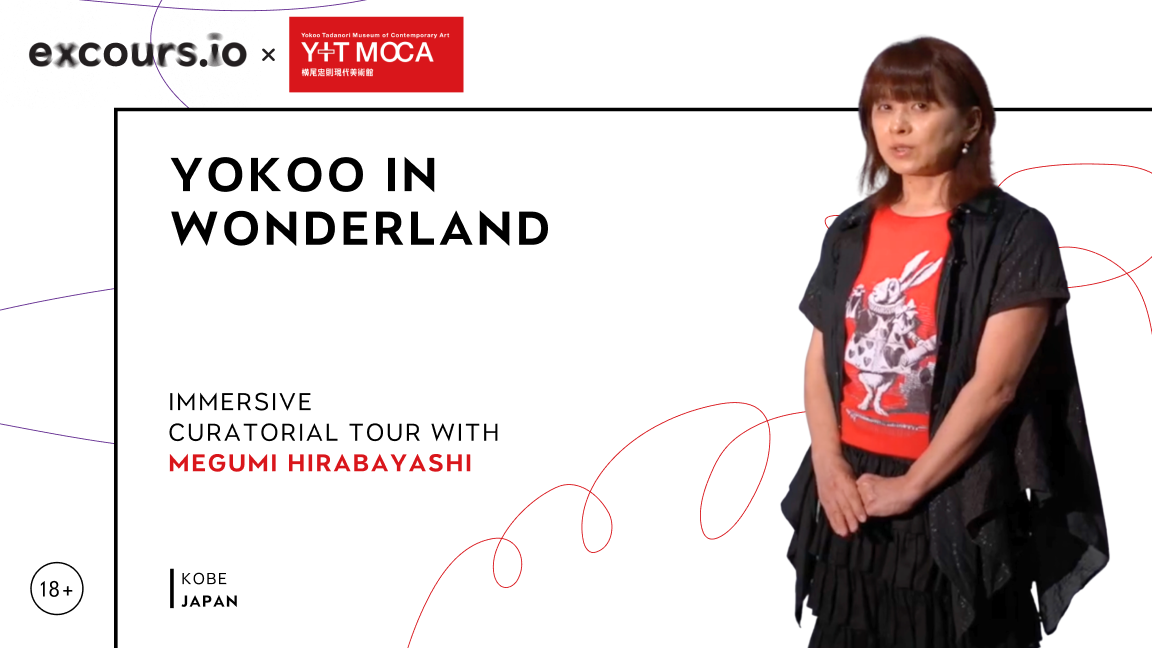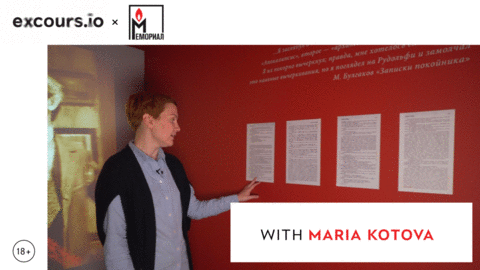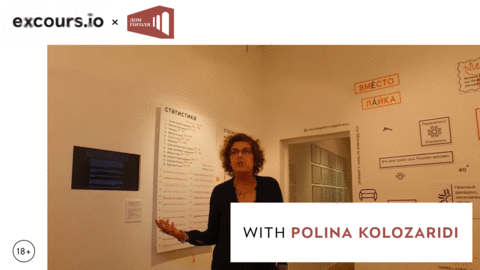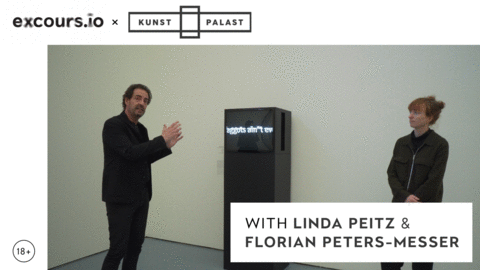Requiem: Cats, Portraits, and Yokoo Tadanori
Requiem: Cats, Portraits explores artist Yokoo Tadanori’s profound connections with departed friends, family, and beloved cats, tracing his influential career from the 1960s to the present. Born in 1936, Yokoo’s artistic journey has always been shaped by deep personal relationships and collaborative endeavors across various creative fields. The exhibition features portraits and personal statements, alongside items like the Tama, Come Home series, dedicated to his late cat. Visitors will also see examples of his enduring friendship with designer Issey Miyake, including iconic invitation designs from the 1970s onwards. This unique presentation invites viewers to reflect on how cherished relationships transcend time, influencing an artist’s vision and offering a glimpse into a timeless “Yokoo World.”
Why should you watch this?
The film Requiem: Cats, Portraits speaks to the need to keep memories alive in a time when loss touches many lives. Yokoo Tadanori’s portraits of friends, family, and his late cat Tama are not only records of affection but also reminders of how relationships shape creative vision. The display of Issey Miyake’s invitations alongside Yokoo’s drawings captures the energy of a friendship that spanned decades, showing how personal ties can fuel artistic innovation. Moving between private recollection and shared cultural history, the work invites viewers to consider how love, grief, and memory continue to shape the world we inhabit.
Yokoo Tadanori: 100 Takes of Hanshan and Shide
100 Takes of Hanshan and Shide presents artist Yokoo Tadanori’s series of 102 paintings, reinterpreting figures from China’s Tang dynasty. Hanshan and Shide, eccentric poets believed to be bodhisattvas, have inspired artists for centuries with their enduring mystery. Yokoo found them an ideal image, projecting them onto diverse scenes like ukiyo-e-style women and marathon runners, a quest begun with his interpretation of Soga Shohaku. This exhibition reveals Yokoo’s sustained creative power after forty years, connecting ancient legends with contemporary art. Visitors will reflect on the timeless interplay between myth and artistic vision, appreciating how one artist continually reshapes enduring narratives.
Why should you watch this?
The film 100 Takes of Hanshan and Shide speaks to our moment by showing how myth and misrule become tools for thinking about continuity and change. Yokoo’s decision to paint 102 versions — placing ragged, poetic figures beside ukiyo-e women, Belorussian lovers, and marathon runners — stretches time and tests who belongs in stories we keep. Some images shock: Hanshan laughing in garish color or Shide pacing through a crowd of runners; others disarm with tenderness. The work feels at once playful and provocative, inviting viewers to reconsider tradition as a living practice and to carry forward compassion and imagination into uncertain futures.
Yokoo Tadanori: Wow! ★ Y-Junctions
Wow! ★ Y-Junctions presents Yokoo Tadanori’s extensive and evolving series, initiated in 2000, which transforms familiar three-way road junctions into profound artistic landscapes. This ambitious project began when Yokoo photographed a night scene in his hometown, revealing unexpected depths in everyday scenery. What started as an introspective world of light and shadow evolved through phases of explosive color, continuously generating new variations. The exhibition highlights this ongoing artistic exploration, featuring works from the series’ early years (2000-2005) and more recent creations from 2016 onwards. Visitors can witness how one artist’s singular vision redefines perception, inviting reflection on the hidden beauty and endless transformations within the commonplace world around us.
Why should you watch this?
The film Wow! ★ Y-Junctions speaks to our moment because it shows how a single flash of perception can turn ordinary streets into places for renewed attention and meaning after collective disruption. Yokoo’s nocturnal photograph of a three-way junction becomes a recurring voice that shifts from penumbral stillness to explosive color, producing scenes both eerie and exhilarating: a lamplit fork that reads like a private memory and a sweep of saturated paint that reads as public joy. These moments unsettle and uplift in equal measure, and the film’s lasting takeaway is clear—close looking can change how we imagine shared life.
Yokoo in Wonderland
Yokoo in Wonderland invites visitors into artist Yokoo Tadanori’s parallel realm, where the boundaries of reality dissolve into a collection of wonders. Drawing inspiration from Lewis Carroll’s classic Alice in Wonderland, the exhibition guides viewers through a journey that begins with a girl falling into an underground kingdom, then continues into space and an unknown world. The experience progresses through “The Looking-Glass World,” where real and virtual images intertwine, and concludes in “The Land of Dreams,” blurring reality and unreality. Through Yokoo’s distinctive artistic vision, this exhibition encourages a deep immersion into an infinitely expanding universe, prompting reflection on how art can transport and reshape our perception of the world.
Why should you watch this?
Whispers of the Forest
The exhibition Whispers of the Forest presents a playful, interactive world where contemporary Korean art explores themes of nature, community, and coexistence. This immersive installation, designed especially for children and families, addresses pressing modern issues like rapid urban development, environmental loss, and displacement. The gallery becomes a forest playground featuring works by artists Um A Long, who creates sculptures from discarded materials, and Haksoon Hong, who brings his vibrant Wink Tokki World to life through murals and animations. Visitors are encouraged to engage directly with the art, moving beyond passive viewing to reflect on sustainability and our relationships with others. The experience prompts us to imagine a future where all beings can live and grow together in harmony.
Why should you watch this?
The film Whispers of the Forest asks what it means to share a world at a moment when climate change and rapid urban growth unsettle familiar ways of living. Um A Long’s sculptures, shaped from discarded materials, echo the resilience of creatures adapting to damaged environments, while Haksoon Hong’s Wink Tokki characters invite us into a universe where play and friendship make coexistence possible. Together, these voices create a mood that shifts between unease and delight, reminding us that survival and joy are intertwined. The film ultimately leaves viewers with a simple yet urgent question: how do we choose to live together?
TIME FOR OUTRAGE! Art in Times of Social Anger | Protest
Can anger and rage be justified in a world riddled with oppression and inequality? Are these emotions destructive forces or vital catalysts for social change? As democracy faces crises and populism gains ground globally, these questions have sparked renewed debate. Contemporary artists have responded, using their work to navigate and challenge the pressing issues of our time. The exhibition Time for Outrage! in Düsseldorf explores these questions through six thematic blocks: Right-wing Shift, Trumpism, Protest, Postcolonialism, Feminism, and Discrimination. Across a diverse range of mediums — including installations, drawings, paintings, sculptures, photography, and video art — 40 international artists immerse viewers in the visceral realms of protest, social dissent, and public anger. The exhibition doesn’t just present anger as a raw emotion; it portrays it as a vehicle for dialogue, resistance, and empowerment in the face of systemic injustice.
Why should you watch this?
“Heart of a Dog” : Adventures of a Banned Book. A Monstrous Story
The exhibition Heart of a Dog: Adventures of a Banned Book. A Monstrous Story delves into the provocative themes of banned literature, spotlighting the cultural ripples caused by censorship. Through a compelling blend of visual art and literary references, this showcase invites visitors to reflect on the power of words and the resilience of artistic expression. By intertwining the narrative of Mikhail Bulgakov’s infamous novella with contemporary artistic interpretations, the exhibition not only celebrates the defiance against oppression but also fosters a dialogue on freedom and creativity in our modern world.
Why should you watch this?
This exhibition boldly confronts the legacy of censorship through Mikhail Bulgakov’s iconic novella. This engaging showcase interweaves contemporary artistic interpretations with the rich narrative of a story that has faced bans and challenges throughout history. Visitors will be invited to reflect on the resilience of creativity and the vital role of free expression in society. By exploring the intersection of literature and visual art, this exhibition not only honors those who defy oppression but also ignites crucial conversations about the boundaries of artistic freedom today.
“Your Feedback is Very Important for Us”
The exhibition “Your review is very important to us” delves into the evolving landscape of reader engagement with classical literature, inviting visitors to explore how expressions of opinion have transformed from the 19th century to today’s digital era. Through a compelling blend of research by philologist Anna Gerasimova and innovative works from contemporary Russian artists, the show raises thought-provoking questions about the interplay between amateur reviews and literary criticism. Viewers will experience how machine learning interprets text, engage with an audio installation that echoes voices from the past and present, and even connect Nabokov’s correspondence to modern digital discourse.
Why should you watch this?
The exhibition “Your review is very important to us” holds significant relevance in today’s digital landscape, where reader voices and online reviews have transformed the way we engage with classical literature. In an age that celebrates individual expression, the show challenges traditional hierarchies of literary criticism by emphasizing the importance of personal perspectives alongside established viewpoints. It invites us to reflect on how technology, from machine learning to social media, reshapes our interaction with texts and broadens our understanding of art and literature. By highlighting the dynamic relationship between modern readers, artists, and classical works, this exhibition not only redefines the role of the audience in literary discourse but also underscores the importance of diverse interpretations in a cultural dialogue increasingly shaped by digital platforms.
TIME FOR OUTRAGE! Art in Times of Social Anger | Discrimination
Can anger and rage be justified in a world riddled with oppression and inequality? Are these emotions destructive forces or vital catalysts for social change? As democracy faces crises and populism gains ground globally, these questions have sparked renewed debate. Contemporary artists have responded, using their work to navigate and challenge the pressing issues of our time.
The exhibition ‘Time for Outrage!’ in Düsseldorf explores these questions through six thematic blocks: Right-wing Shift, Trumpism, Protest, Postcolonialism, Feminism, and Discrimination. Across a diverse range of mediums — including installations, drawings, paintings, sculptures, photography, and video art — 40 international artists immerse viewers in the visceral realms of protest, social dissent, and public anger. The exhibition doesn’t just present anger as a raw emotion; it portrays it as a vehicle for dialogue, resistance, and empowerment in the face of systemic injustice.
A substantial portion of the works on display come from the collection of entrepreneur and collector Florian Peters-Messer, whose commitment to socially engaged art amplifies the urgent messages these pieces convey.

